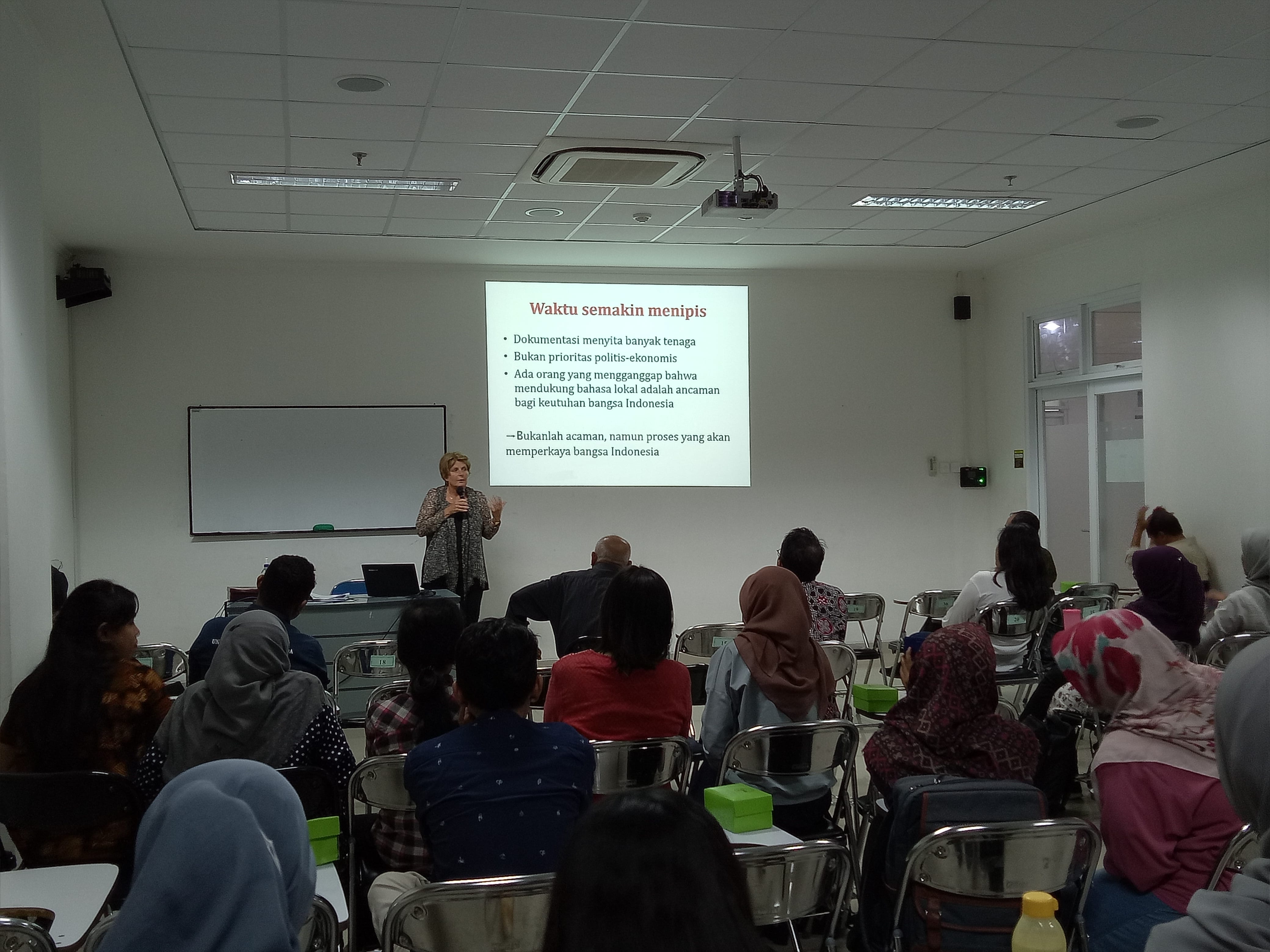
Language is one of the catches of reality that is used by humans as a means of establishing communication. This product has also been used for thousands of years and has many variations in each hemisphere. At the present, there are at least 7097 languages recorded in the world, and in Indonesia alone there are about 700 languages. That’s a fantastic number, considering that in everyday practice, not a third of that number is the number of languages we speak or speak.
Like natural resources, language can also be destroyed, and now the extinction is insight. Marian Klamer, a professor at Leiden who focuses on Papuan and Austronesian languages, also responds to this phenomenon by documenting and filing it on an online website so that it can be accessed by all parties. Marian’s activities in documenting regional languages in eastern Indonesia were then shared in a discussion session entitled Documenting the linguistic diversity of Indonesia: Time is running out, last Thursday (27/6) at Soegondo 209.
The activity of documenting the language is part of Klamer’s research as a researcher at Leiden University who received a VICI grant from the NWO (Netherlands Organization of Scientific Research) in 2014 which was valid for five years until 2019. In the presentation session, Klamer admitted that there are many languages. local area in eastern Indonesia where the number of speakers is very small, there is even one local language, namely Sar language, which only has one speaker.
The extinction could arise due to several factors, such as migration, the death of the last speaker, and also human intervention. An example of an intervention that is also faced directly in the field is the marginalization of local languages by migrants who come to an area. More or less, according to Klamer’s data, there have been 345 local languages in Indonesia that have become extinct, and of course, it is very unfortunate because no one can replace the position of these languages in society. Loss of language is a form of great loss because each language is the best way to express ideas/ideas, and transfer knowledge and oral traditions that are directly related to the socio-cultural conditions of the speakers.

